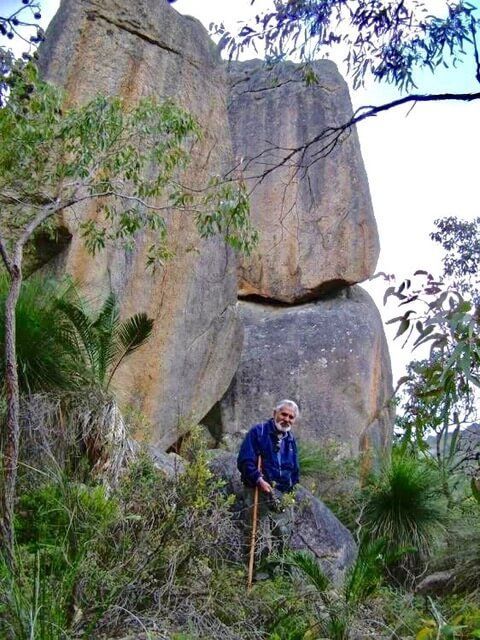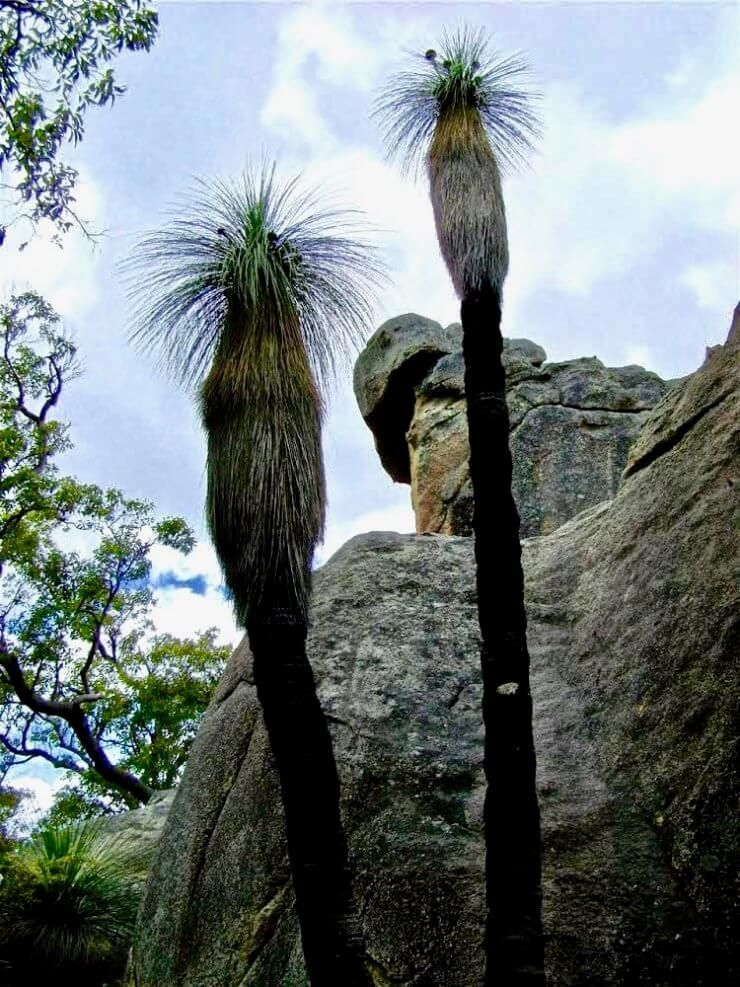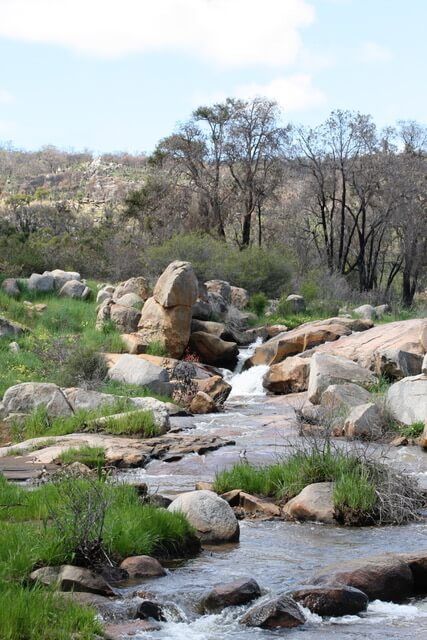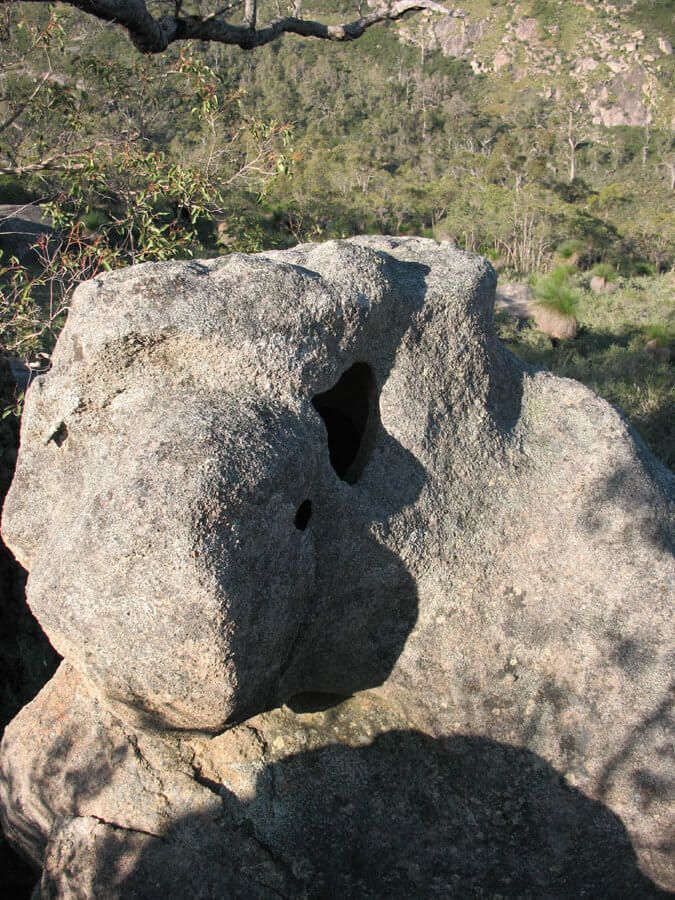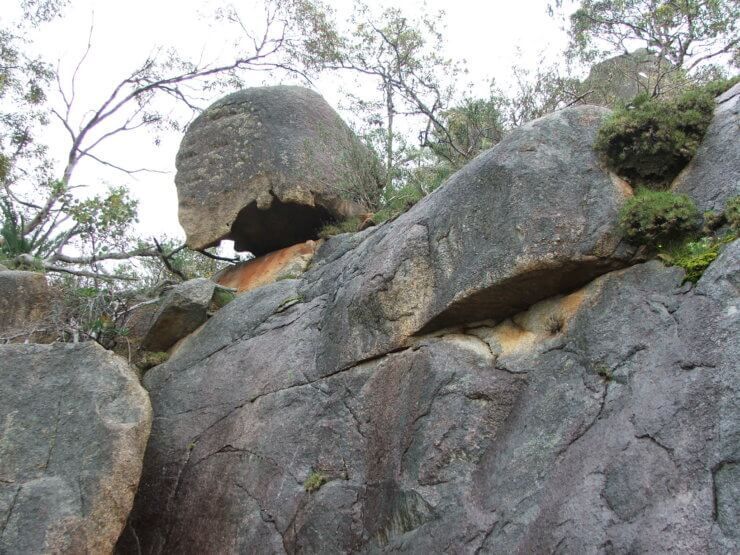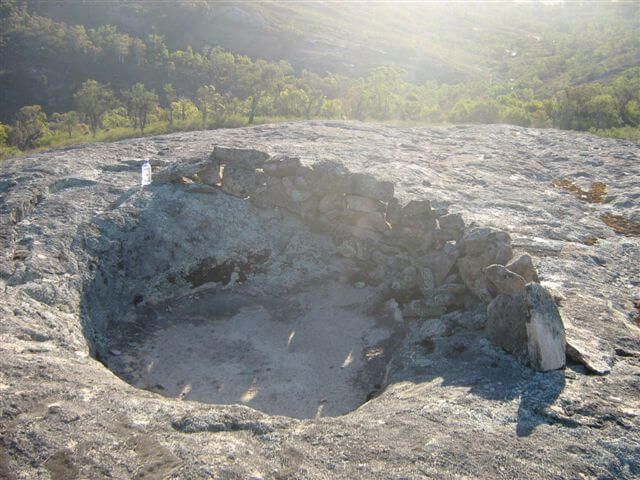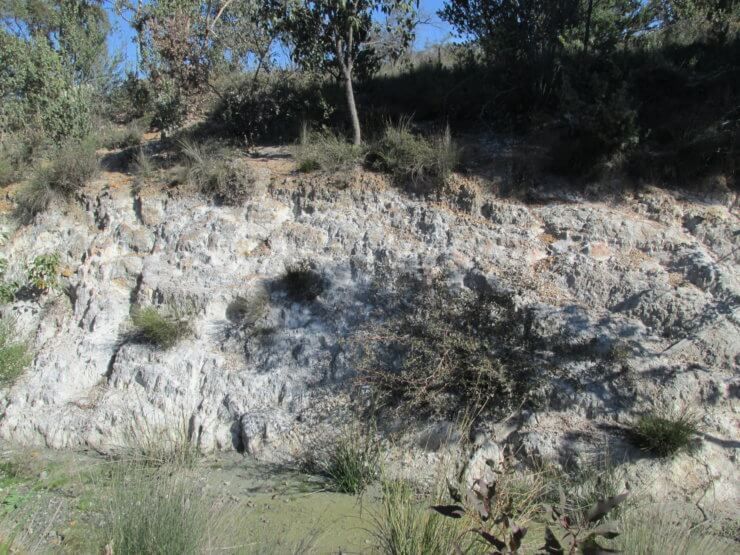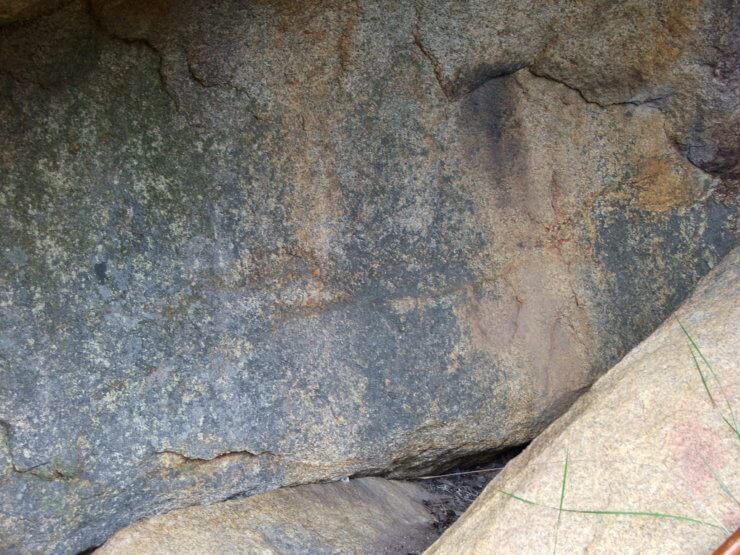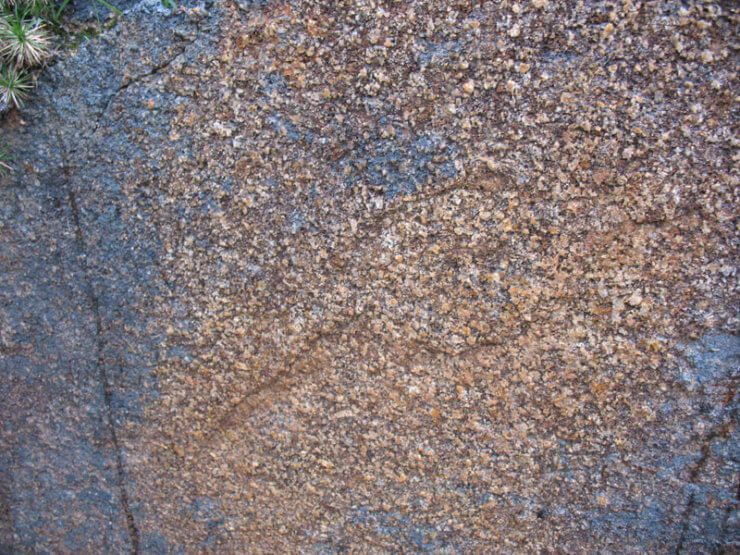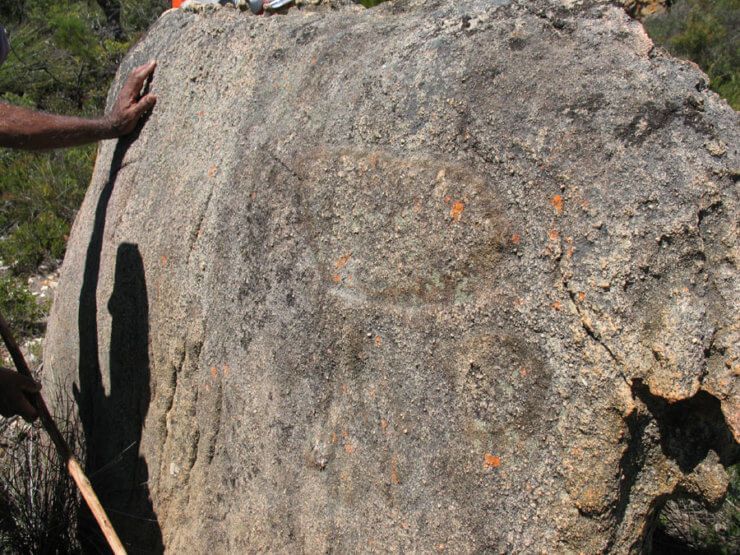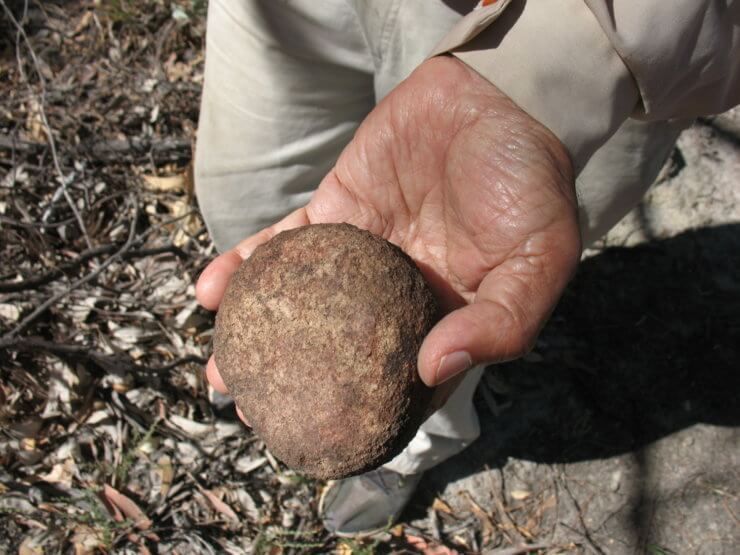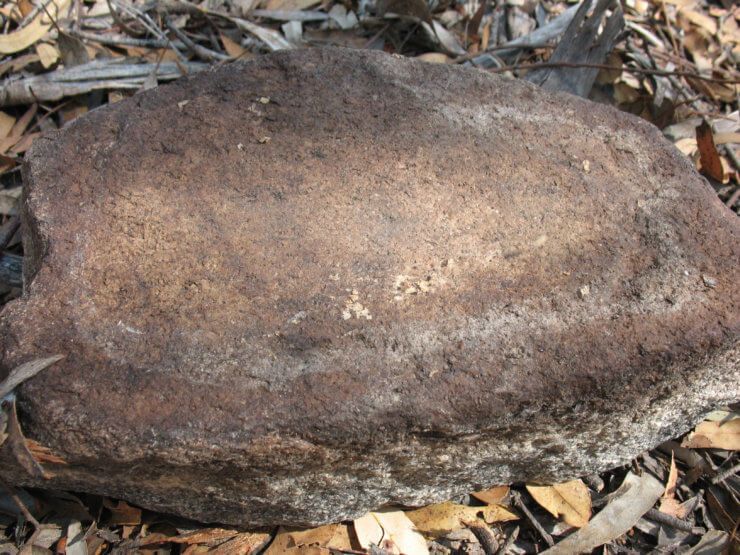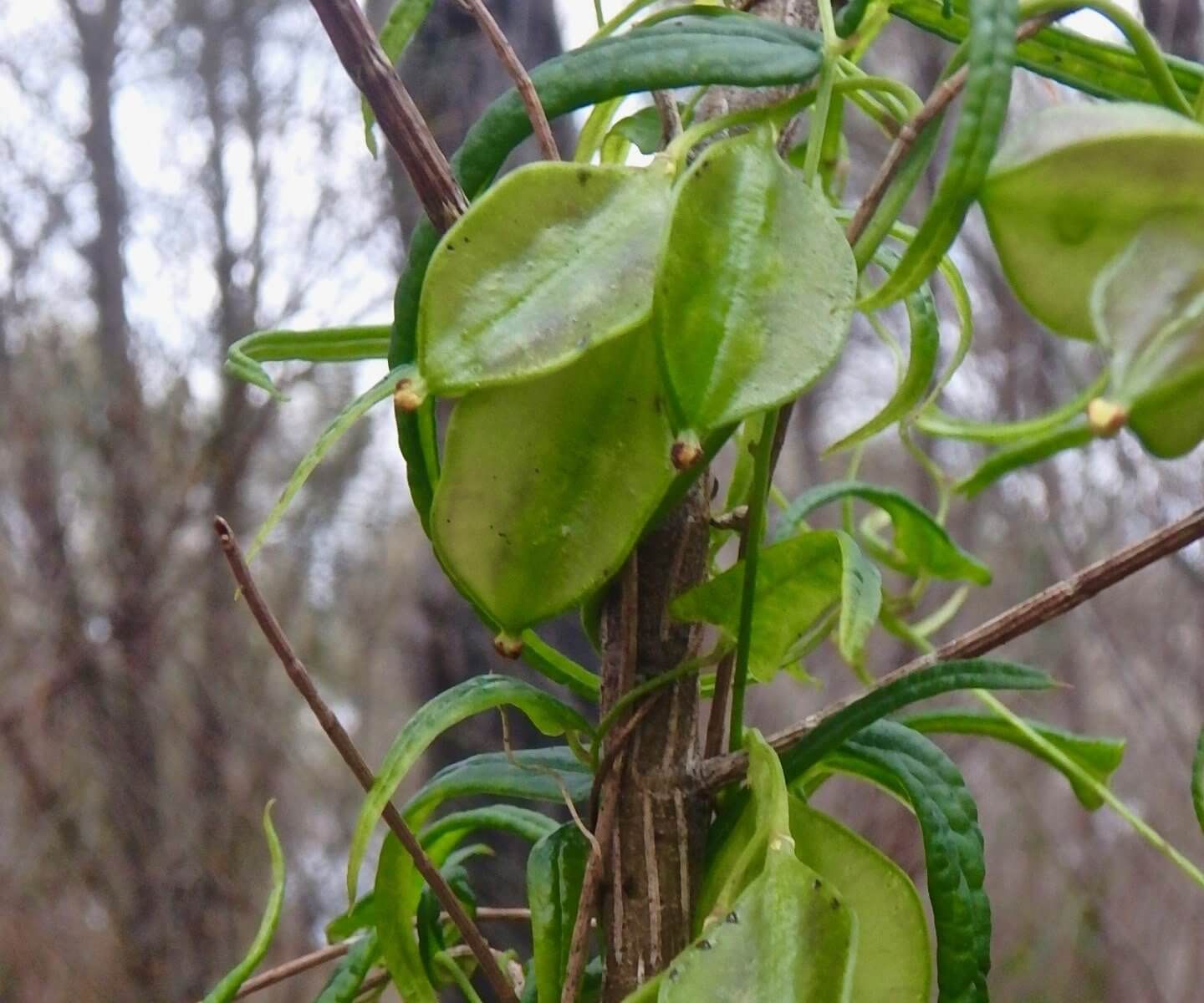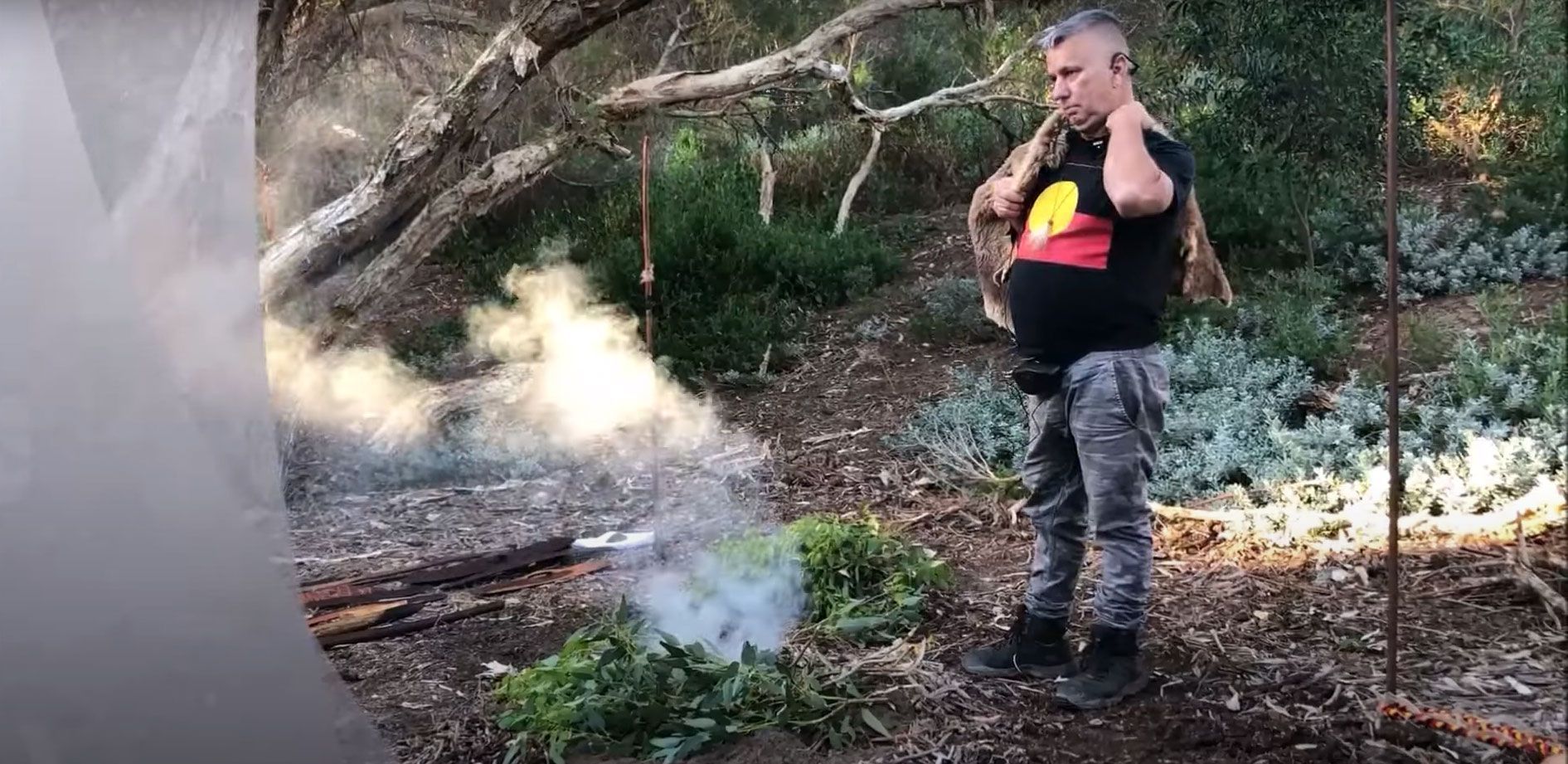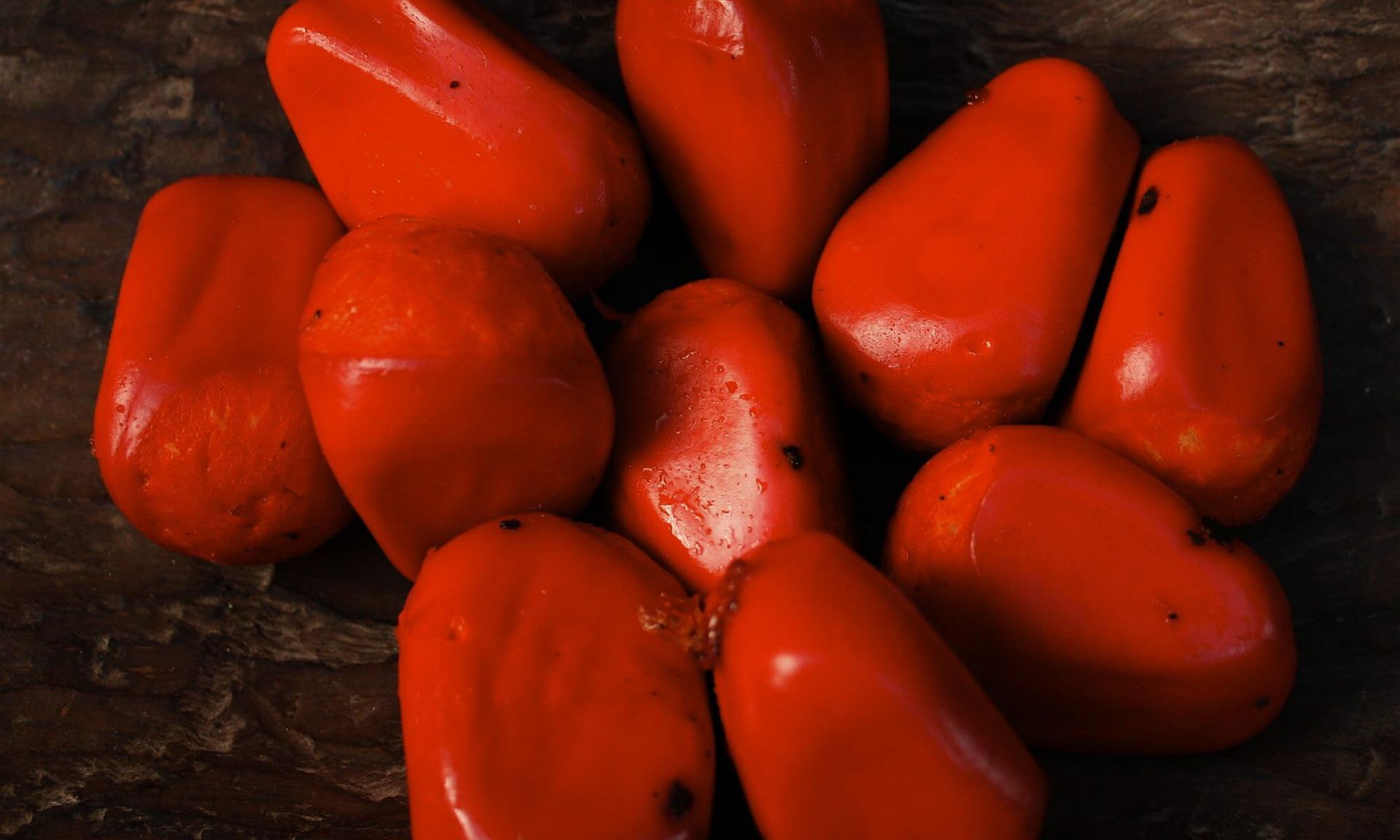Aboriginal sites are an important part of the heritage of the whole community
Why does the Western Australian State Government permit a foreign-owned cement company to gradually destroy through hard rock quarrying a portion of the Darling Escarpment adjacent to the popular John Forrest National Park? This quarrying activity is not only destroying pristine vegetation but is slowly desecrating one of Perth’s most ancient and unique Aboriginal site complexes. This would be unheard of in this company’s country of origin as Germany prides itself on best practice management and preservation of its cultural and archaeological heritage.
But here in the Wild West the destruction of indigenous sites, such as at Red Hill, is permitted at all levels of government despite the protective rhetoric of the Aboriginal Heritage Act and the Environmental Protection Authority (EPA). One can hardly blame a profit-driven corporate for exploiting our non-renewable natural resources when government departmental policy enables sites to be de-registered and destroyed for political and economic benefit without requiring a comprehensive scientific site assessment. How many Aboriginal sites of significance have been de-registered in this way?
The Aboriginal heritage located at Red Hill includes unique and vulnerable archaeological and ethnographic sites that are an important part of Noongar cultural heritage. This pre-contact indigenous site complex extends along the Perth Hills from John Forrest National Park through areas of current and future hard-rock quarrying and old Midland Brick clay-pits. The complex of sites (Plates 1-13) includes ochre quarries, rockshelters, water sources (such as the Susannah Brook and its tributaries), petroglyphs, ceremonial and mythological sites, the prominent standing stone “Ancestral Owl Stone” site known as Gogomat (or Gogomit) and rare archaeological examples of upland grinding stones. These include large basal grinding stones and upper grindstones or mullers (see Plates 12-13). The archaeologists point out in their 2008 report that: ‘A high level of significance is assigned to this site due to the presence of grinding materials which are by all accounts relatively rare on the Darling Scarp.’ Yet for some unknown reason this site, which was registered by the Aboriginal Cultural Materials Committee as Red Hill Camp (ID 27113 – grinding stones) in 2009 was de-registered by the Minister for Aboriginal Affairs in January 2015 and is no longer considered a site. It is soon to be destroyed by hard-rock quarrying.
Was there a proper scientific evaluation of this archaeological site carried out prior to its removal from the Register of Sites at the Department of Indigenous Affairs? It would seem not according to Aboriginal Elders. The senior most Nyungah Elder from the Swan River People, Mr Albert Corunna, wrote to the Minister for Aboriginal Affairs in July 2017 requesting that the site 27113 be re-registered. He explained its significance to Aboriginal people as follows:
“This is the only known place where a complete assemblage of ceremonial grinding stones have been left undisturbed on Swan River Country. It is part of a wider sacred site complex that includes Susannah Brook (ID 640), the Ancestral Owl Stone (ID 26057), Herne Hill Ochre (ID 3433), Susannah Brook Waugal Stone (ID 3656), Gidgegannup Petroglyph (ID 21077), Gidgegannup Petroglyph 2 (ID 24882) and others. This is the most important site complex left on Swan River Country and Red Hill Camps is the key to the entire complex because it provides physical evidence of ceremonial uses connected with all other sites. During consultations for the Boral Petroglyphs Elders said that these were “markers” on a Dreaming Trail or ancient trade route pointing to an important ceremonial site downstream. The grinding stones have been authenticated by UWA in 2014 and the result was that ochre pigments were found, proving that the site was used to prepare for sacred rituals and ceremonies. The opinion of Sylvia Hallam was that the assemblage was “virtually unique” in Australia…’
As Mr Albert Corunna has stated on many occasions, the desecration of any part of the Red Hill site complex:
‘will destroy an important part of our identity and heritage. What’s the good if I am telling my grandchildren or great grandchildren about our people, and they say, ‘Where is this place, can we go there?’ I’ll have to say: ‘No, they have all been ground up for road base.’
If this site complex had been located in the adjacent John Forrest National Park, or even Kings Park, it would have attracted thousands, if not millions, of overseas tourists and local visitors, providing a lucrative eco-tourism industry for Noongar people to manage and to reconnect with their cultural and spiritual past. What legacy are we leaving the future generations of indigenous and non-indigenous people of this country when we allow our natural environment and past cultural heritage to be unnecessarily desecrated?
As anthropologists we see the destruction of sites at Red Hill as a further erosion of the ancient cultural heritage of Aboriginal people from the Western Australian landscape.
Why is a unique archaeological site on the Darling Escarpment with grinding stones not considered worthy of protection?
According to the website of the Department of Aboriginal Affairs (now the Department of Planning, Lands and Heritage) https://www.daa.wa.gov.au/heritage/aboriginal-heritage/
Aboriginal sites are an important part of the heritage of the whole community. They are of immense cultural, scientific, educational and historic interest.
Aboriginal heritage sites provide Aboriginal people today with an important link to their present and past culture.
Many Aboriginal sites are fragile and can easily be damaged. When they are destroyed or damaged, information about past cultural and environmental changes may be lost forever. Information about the people who lived here for the last 45,000 years can only be obtained through the archaeological investigation of these sites.

